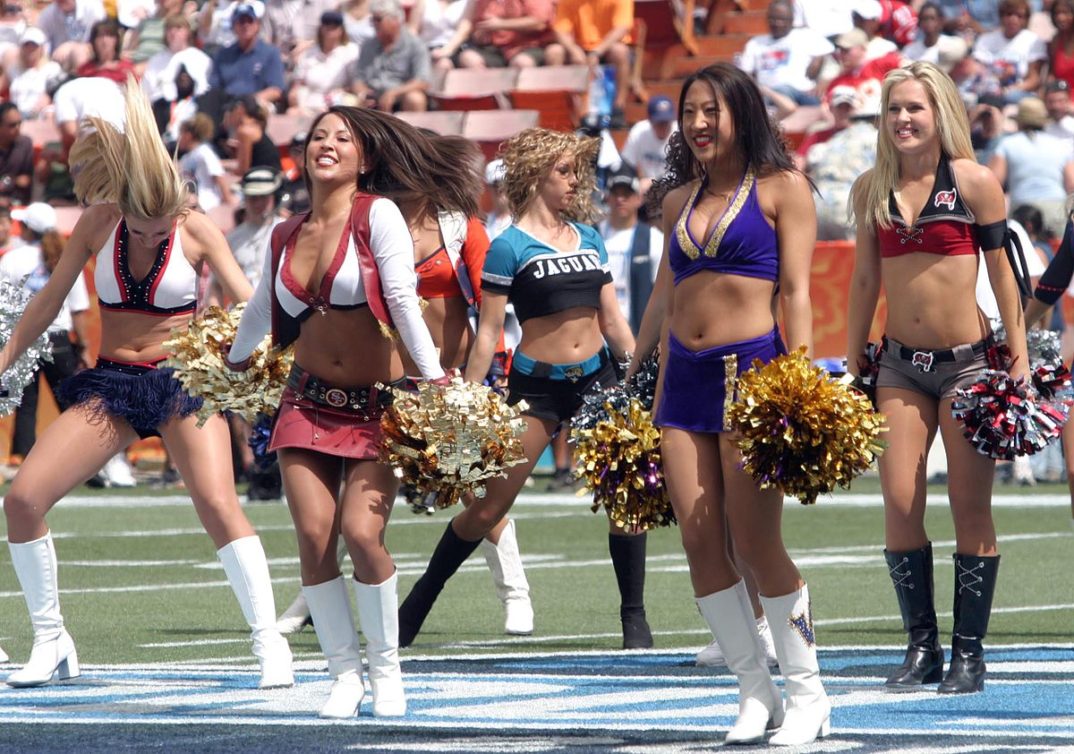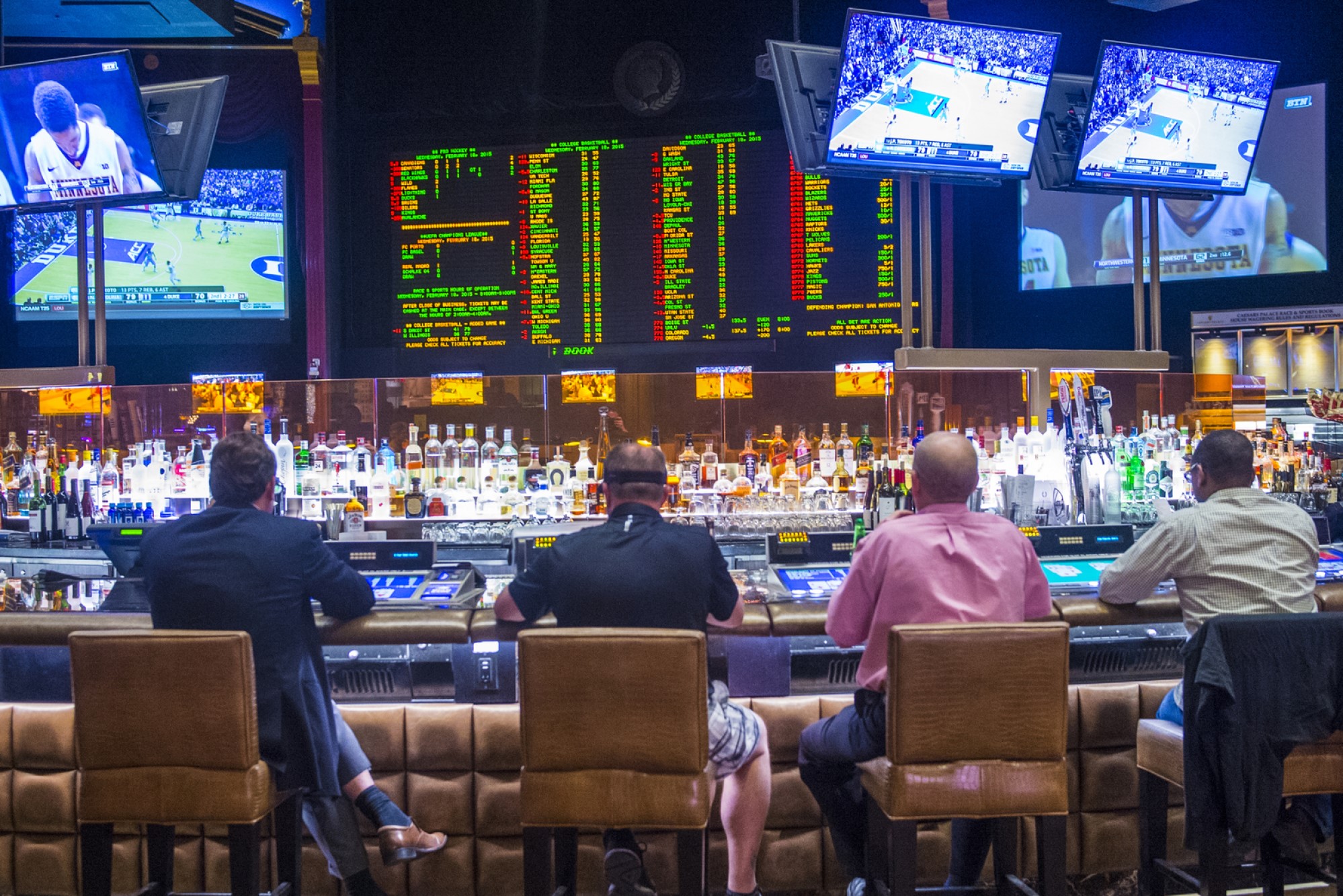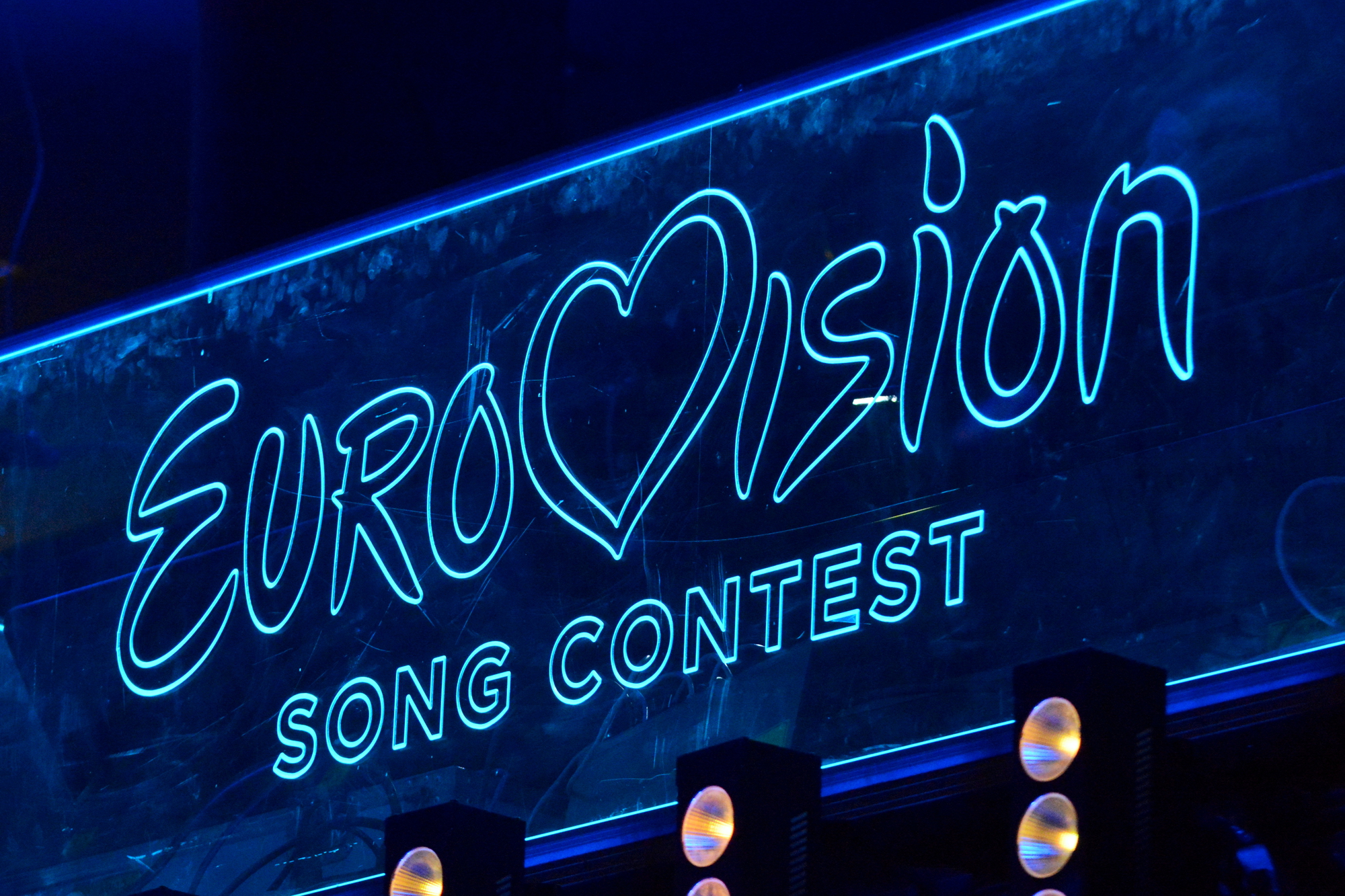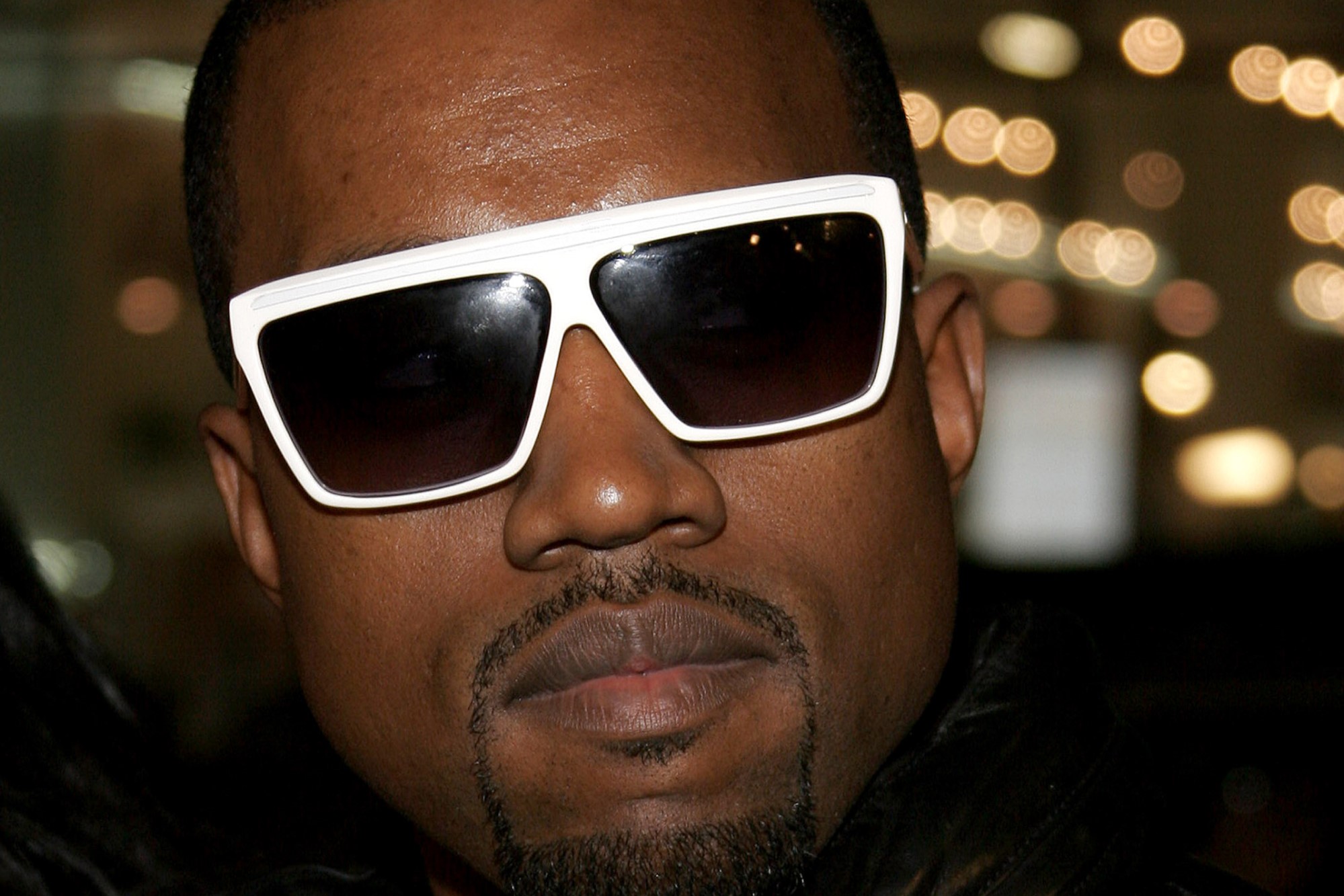NFL to Cheerleaders: Down Girl!
I’ve always thought there was a problem with cheerleading. However great they are as athletes and dancers, cheerleaders give the impression that a woman’s place on an athletic field is to cheer on the men. But now we’re learning that there are also problems for cheerleaders. NFL cheerleaders are subject to a truly bizarre list of conduct requirements, as well as regular sexual harassment.
The story has been told in a series of New York Times articles (April 4, April 10, April 17, April 17, and April 24), but perhaps most compellingly in this interview of Bailey Davis, a former New Orleans Saints cheerleader, on the New York Times podcast, “The Daily.”
Davis describes the tryout process as an incredibly brutal one, but also as including inexplicable elements. Applicants have to memorize the names of all the football players in the NFL, for some reason. Once hired (at minimum wage!), the cheerleader is subjected to rigid weigh-ins and beauty requirements. Who knew that a cheerleader’s hair color and nail polish color were not up to her?
Davis was absolutely thrilled to be chosen. Her mother had also been a “Saintsation” and still worked for the team. However, the job was harder than she expected, and in strange ways. As a cheerleader, she was required to avoid all contact with all NFL football players, on pain of being fired. Not only was contact of all kinds prohibited, but cheerleaders, not players, were responsible for avoiding it. The rule was that cheerleaders, not players, had to leave a restaurant if a player entered it. Cheerleaders had to block players if they make contact on social media. Players weren’t censured for making contact.
The football club exercised control over the images cheerleaders presented of themselves outside of work, on social media. This is what got Davis into trouble. She was fired after posting a picture of herself (in attire that looks like a one-piece bathing suit) on Instagram. She has now filed a sex discrimination lawsuit with the Equal Employment Opportunity Commission.
And then there were the interaction demands. Each cheerleader had to approach fans before the game, selling 20 cheerleader calendars, to avoid being barred from the field after the third quarter. Dozens of cheerleaders have told reporters for The New York Times that they were required to interact with drunken fans at private homes and tailgate parties, or wherever else the club wanted them to go. This routinely meant being subjected to harassing taunts and groping.
The most manifestly objectionable part of this picture is the sexual harassment and groping, but the rigid control over a cheerleader’s private life is, in a way, harder to fathom. What’s the point? It really is a hard question to answer.
It would be interesting to know what thoughts were in the minds of those who made up all these rules. Maybe the rule-makers thought a chaste, girl-next-door image is part of a cheerleader’s appeal; maybe they thought football players were predators completely incapable of self-control; maybe they thought women doing sexy cheers should be slut-shamed.
Whatever the exact motivations, the word “misogyny” comes to mind. There is something old-school about words like “misogyny” and “patriarchy” and “intersectionality.” To use them is to risk being instantly dismissed in some quarters. But sometimes these words are necessary and applicable.
In her new book Down Girl: The Logic of Misogyny, Cornell University philosopher Kate Manne makes a number of helpful points about what misogyny is and isn’t. A misogynist doesn’t have to hate all women. In fact, misogynists don’t have to literally hate any women. Rather, they act in ways that have hostility as their social meaning, and thereby play a role in maintaining a “men on top” (patriarchal!) social structure. Misogynistic practices do the same. They signal “Down girl!”—whatever exactly may be running through the minds of people involved in them.
Rules governing cheerleaders have exactly this kind of “Down girl!” flavor. Though there’s glory and glamour in getting on the squad—Davis couldn’t have felt more honored when she was accepted—all the rules keep the cheerleaders in their place, from the asymmetrical contact rules, to the sales quotas, to the rigid control over social media, to minimum wage.
While to the public a cheerleader may appear successful, she constantly gets the message that she’s the lowest of the low. I don’t think it’s a coincidence that the higher group, the players, are all male, and cheer squads are all female. (That is, until very recently: the very first male cheerleaders in the NFL were hired by the Los Angeles Rams in March 2018.)
Labeling a practice misogynistic is a start, but what’s needed is activism and change. As Bailey Davis’s lawsuit against the New Orleans Saints proceeds, she deserves to be cheered.





